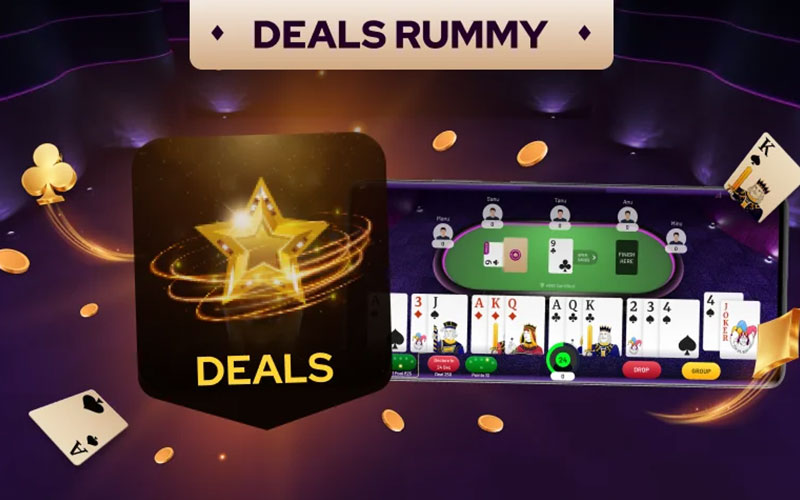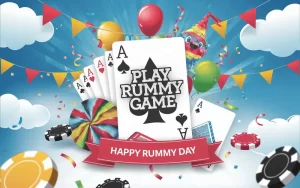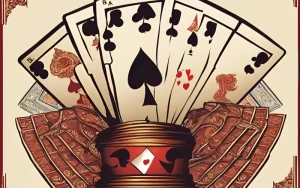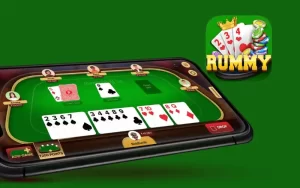Learning how to deal Rummy effectively is crucial for mastering this engaging game. Central to the game is the process of dealing the cards, which sets the stage for an engaging and competitive experience. Whether you’re new to the game or looking to refine your skills, understanding how to deal rummy is crucial. This article will guide you through the essentials of dealing rummy, including the number of cards dealt, the rules, and tips for playing a smooth game.
How to Deal Rummy
How to Deal Rummy involves distributing the cards to players in a specific manner. Here’s a step-by-step guide on how to deal rummy:
- Choose the Dealer: The dealer can be chosen by a simple draw of cards, where the player with the highest card becomes the dealer. Alternatively, players can take turns being the dealer
- Shuffle the Cards: Thoroughly shuffle a standard deck of 52 cards (plus jokers if playing with them) to ensure randomness
- Cut the Deck: Offer the deck to the player on the dealer’s right to cut. This is an important step to ensure fair play.
Distributing the Cards
The next step is the actual rummy deal. The number of cards dealt varies depending on the version of rummy being played. Here’s a general guide for some common rummy variants:
- Gin Rummy: Each player is dealt 10 cards
- 500 Rummy: Each player is dealt 7 cards
- Indian Rummy (13 Card Rummy): Each player is dealt 13 cards.
So, when asking how many cards do you deal in rummy, it depends on the variant. Once the cards are dealt, place the remaining deck face down in the center to form the stockpile. The top card of the stockpile is placed face up next to it to start the discard pile.
Rummy Dealing Rules

Adhering to rummy dealing rules ensures a fair and consistent game. Here are some key rules to follow:
- Direction of Deal: Cards are dealt clockwise, starting with the player to the dealer’s left
- Card Distribution: Deal one card at a time to each player until everyone has the required number of cards
- Joker Cards: If playing with jokers, they should be included in the deck before shuffling
- First Card: After dealing, the top card of the remaining deck is placed face up to start the discard pile. This card can be used by the first player if they choose
- Stockpile: The rest of the deck becomes the stockpile from which players draw cards.
How to Play Deal Rummy
Understanding how to play deal rummy goes beyond just dealing the cards. Here are the basic steps to play the game:
- Objective: The goal is to form valid sets and sequences from the dealt cards. A set consists of three or four cards of the same rank but different suits, while a sequence consists of three or more consecutive cards of the same suit
- Drawing and Discarding: On their turn, players draw a card from either the stockpile or the discard pile. They then discard one card to maintain the same number of cards in hand
- Forming Melds: Players can lay down sets and sequences on the table when they have valid combinations. In some variants, players need to keep their melds until they can lay down all their cards at once
- Winning: The first player to meld all their cards wins the game. In some versions, the game continues until a certain number of rounds are completed, and the player with the lowest score wins.
Tips on How to Deal Rummy Effective
To ensure a smooth and fair game on how to deal rummy, keep these tips in mind:
- Shuffle Well: A thorough shuffle prevents any potential bias in card distribution
- Follow the Rules: Adhering to the established dealing rules maintains the integrity of the game
- Be Consistent: Ensure the same dealing process is followed in every game to avoid disputes.
Conclusion
Mastering how to deal rummy is essential for anyone looking to enjoy this classic card game. By understanding the rules, knowing how many cards to deal in rummy, and following a consistent dealing process, you can ensure a fair and enjoyable game for all players. So, gather your deck, shuffle the cards, and get ready to deal rummy like a pro. Happy playing!







